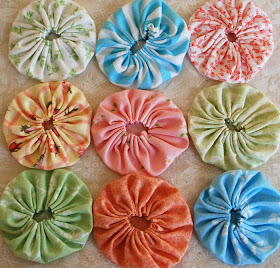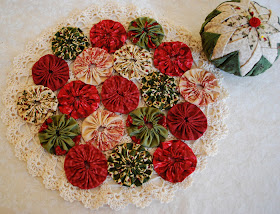Reading with Frog and Toad
Of my three children, Sophia, was most fascinated with critters. When discovered, she wouldn’t leave them alone. Oh, the critters she had cornered. This is what happens when screen time is absent in the afternoons, I suppose. I am struck by the reality that this photograph is twenty years old. Caught in the act it reveals the quintessential Sophia.
Early Reading
What do you recommend for young children to read? At this request a set of early readers spontaneously comes to mind: those written and illustrated by Arnold Lobel. I photographed our oft-read copies outdoors on a leafy October day along with Arnold Lobel’s popular characters.
Some of you know our family has been writing book reviews for more than ten years. Here is a sneak preview of Sophia’s review.
Sophia’s Recommendation
As a seven-year-old one of my favorite pastimes was catching frogs and toads. The poor things lived in a box with moss and rocks until my mother made me set them free. Even now, I will scoop up a toad if it chances across my garden path. Maybe this is why when introduced to the Frog & Toad early reading series, I was eager to do my reading lessons.
Frog and Toad are two very different characters yet are best of friends. In their corduroy and tweed jackets you won’t find better dressed amphibians. Arnold Lobel (1933-1987) had an amazing ability to portray expression and action in a simple drawing. My toddler son is captivated by his pictures. Frog and Toad are Friends is providing us bedtime stories for now. Our favorites episodes are, Cookies, A Lost Button, The Corner and The Kite.
Arnold Lobel turned ordinary, everyday events into clever, humorous, memorable adventures, retaining a childlike ability to make the world magical. When he was a boy he enjoyed telling stories and illustrating them to entertain his friends. But what he loved most was borrowing books from the library. Share Arnold Lobel’s stories with your young readers and they might say the same some day.•
Reading by Sound and by Sight
Each chapter in these “I Can Read” books is a mini story in itself – a story that repeats the use of some of the most commonly used “sight” words. When teaching reading what method can surpass that of tutoring? A child reads aloud at his inexperienced snail’s pace and sometimes stops at a sight word – a word not easily figured out by sounding out. The tutor (homeschool mom) says the word for him. She also makes note of these words for later practice.
Here is a way to practice sight words with movement (hand-eye coordination). Children find it a welcome change from necessary seatwork. I wrote out three sight words and taped them to a cardboard box above the holes I cut into it. When a wooden bead, a ball, a little car or train engine is rolled across the floor and aimed at one of the tunnels, a tally is kept by the student of how many beads enter the “where” tunnel, etc. Your cardboard box can be as plain or as decorated as you like.
It isn’t cheating for a student to hear a book read aloud that he will later work at reading himself. Arnold Lobel reads his stories on CD and does a gentleman’s unhurried job of it. The acoustic musical interludes are quiet and tasteful.
These fine friends now sit on our bookshelf. Next to the outdoors it is their second best place to be. But when given a choice the first is in the hands of a child.
These fine friends now sit on our bookshelf. Next to the outdoors it is their second best place to be. But when given a choice the first is in the hands of a child.
Thank you for visiting,
Karen Andreola
Karen Andreola

























